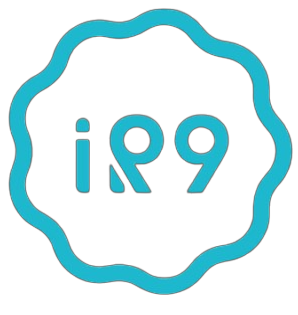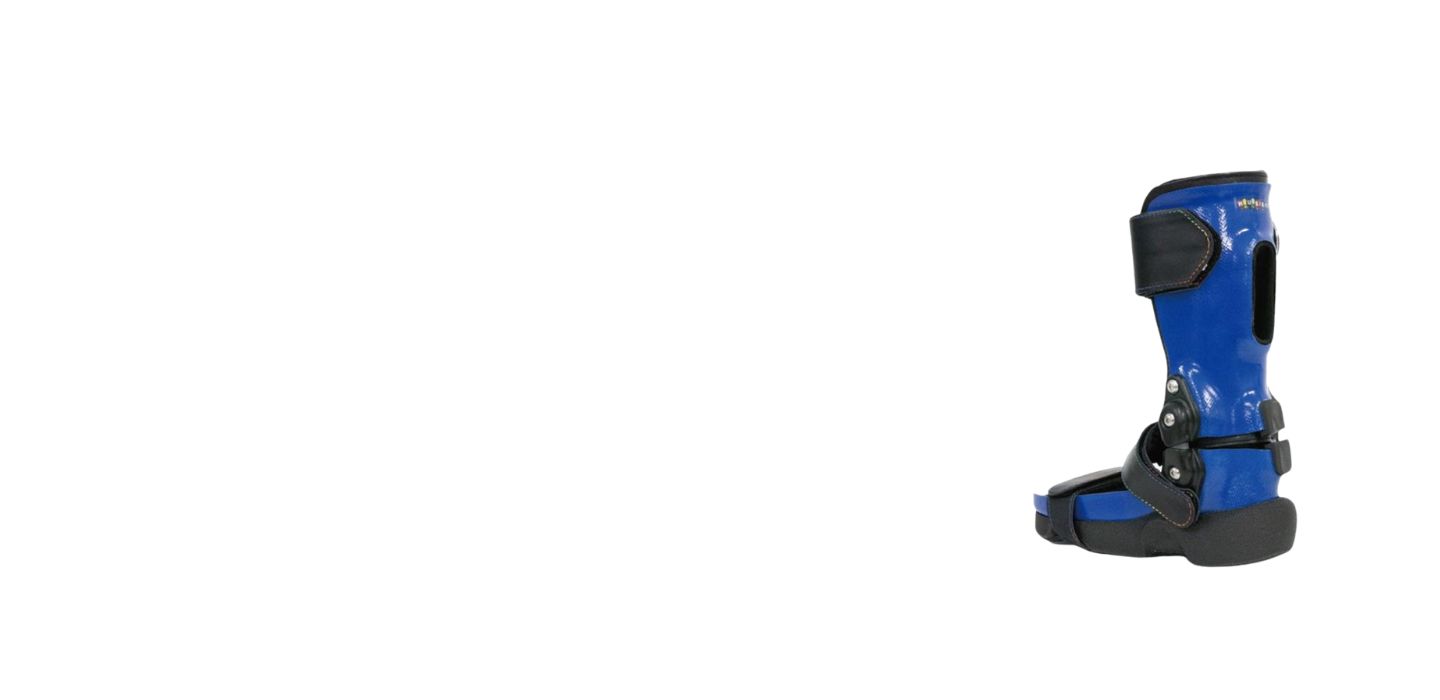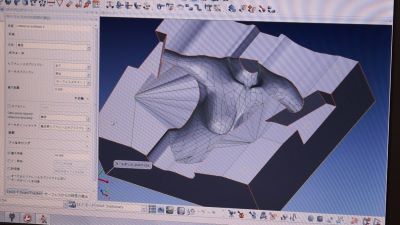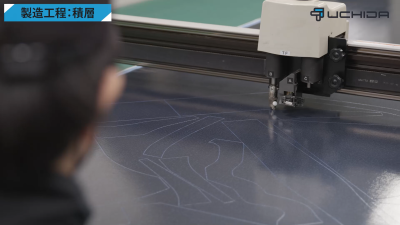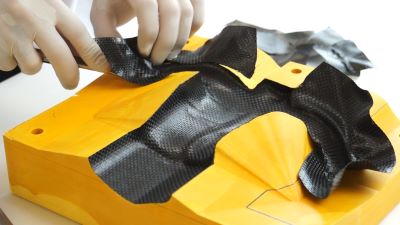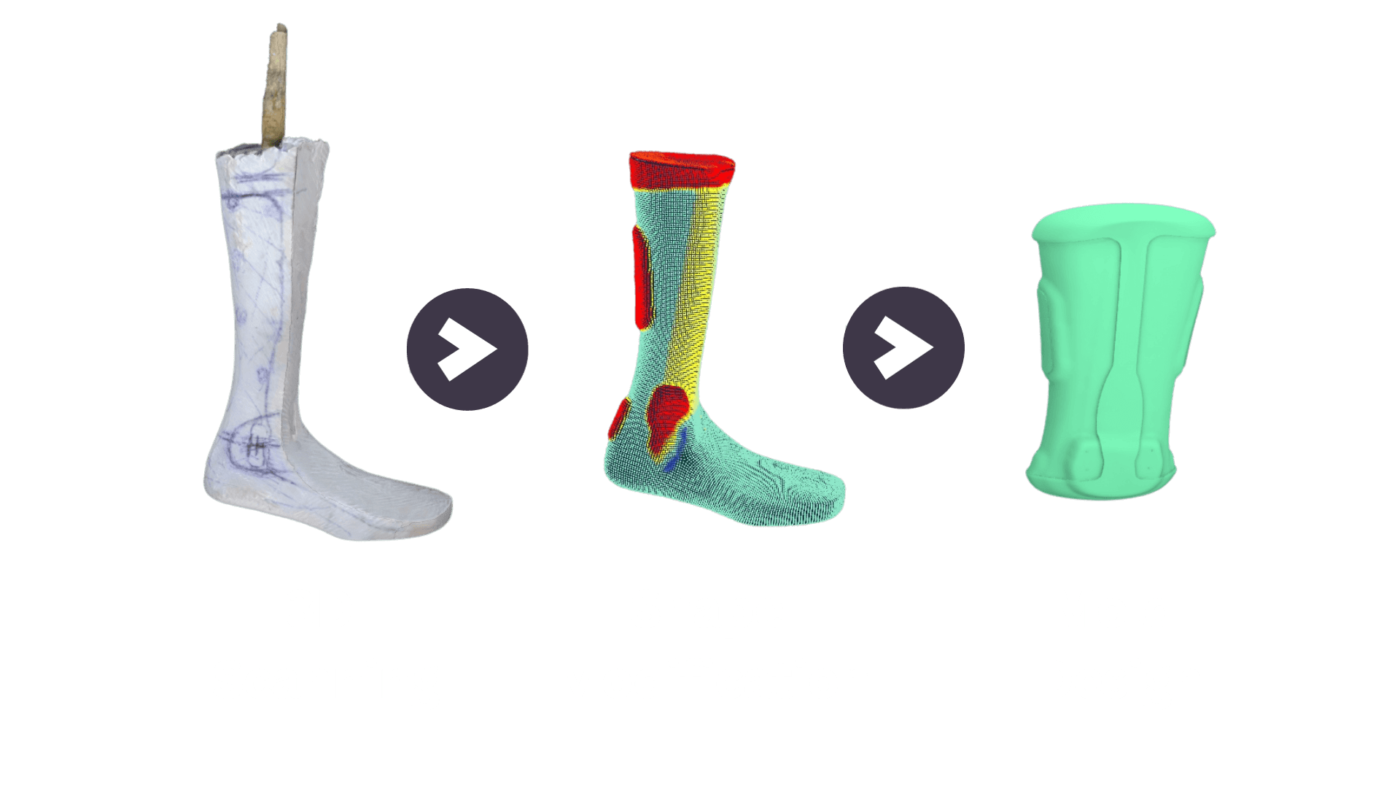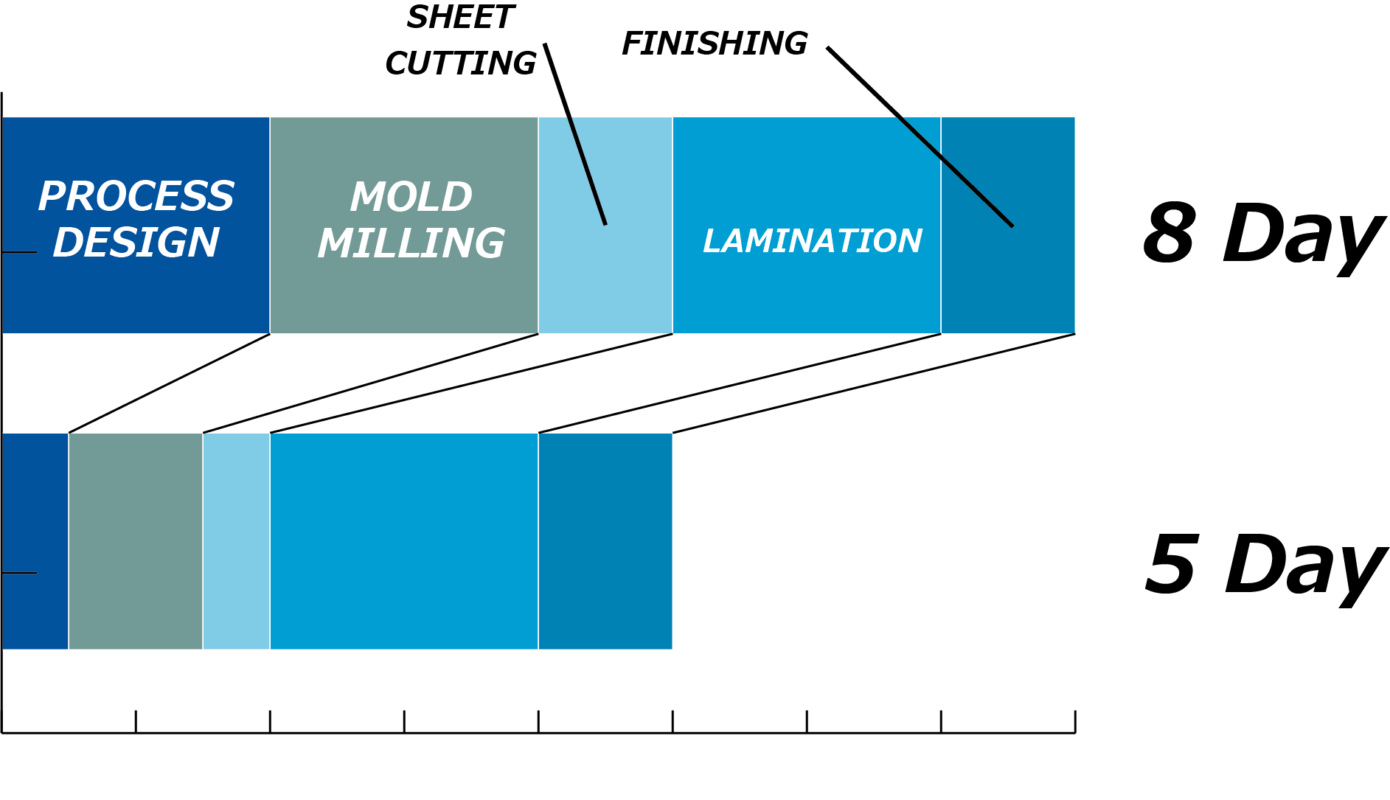The Low-Cost Ankle Foot Orthotic (AFO) heralds a shift in development focus from our 2021 developed award-winning long-leg brace exoskeleton toward better affordability—“low-cost mold production”— and market entry in compliance with Japanese standards.
The biggest hurdle for CFRP products is the cost of producing molds. The need for various molds to accommodate user-tailored sizes and shapes in adaptive equipment and orthotics creates high initial costs which are ultimately added to the unit price. Thus, our key project theme was “low-cost mold production” by integrating digital technologies into design and manufacturing.

